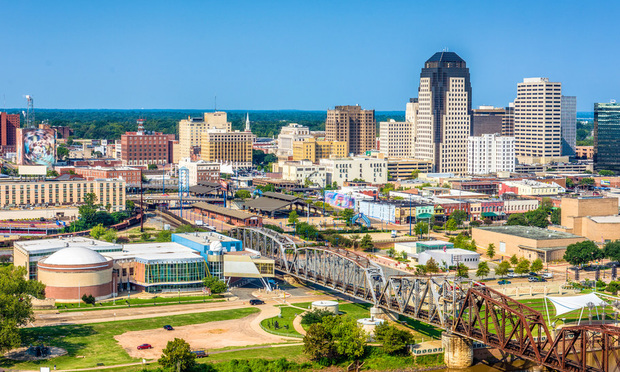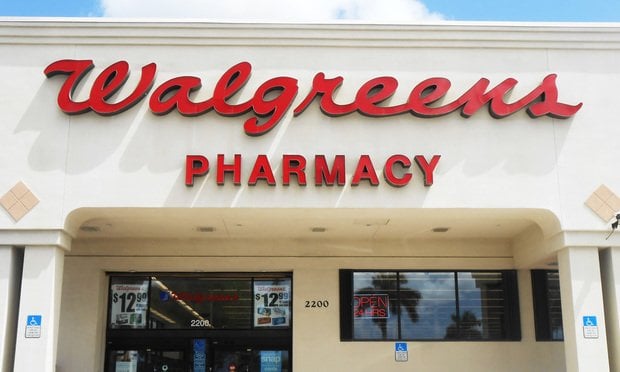San Francisco, Honolulu, and Seattle emerged from a list of 182 large cities in the United States as the most healthiest, according to a new list compiled by the personal finance website WalletHub. Based on 41 key metrics in four main categories — health care, food, fitness, and green spaces — the ranking relies on a dataset that ranges from the cost of a medical visit to fruit and vegetable consumption to a city’s share of physically active adults.
“San Francisco is the healthiest city in America, in part because it has the second-lowest share of obese adults in the country, at just 18% of the population,” according to “2025’s Healthiest & Unhealthiest Cities in America.” “This is helped by the fact that San Francisco has the second-lowest share of people who eat less than one serving of fruits or vegetables per day, and 100% of the population lives reasonably close to a location where they can do some sort of physical activity.”
“Honolulu is a great city for mental health, in particular, with around 13% of adults having 14 or more mentally unhealthy days in the past month,” according to the report. “The city doesn’t neglect physical health, either. Over 95% of adults have health insurance coverage, along with 98% of children, which puts Honolulu in the top 25 nationally.”
Recommended For You
Seattle, meanwhile, boasts “the highest physical activity rates in the country, with 87% of adults participating in the past month,” the report states. “In addition, Seattle is among the top cities of the country when it comes to parks and recreation spending per capita, which ensures that residents have a lot of well-maintained places to stay active.”
Shreveport, La.; Gulfport, Miss.; and Brownsville, Texas, bring up the list’s bottom three.
Other cities making the report’s highlights:
• Overland Park, Kan., has the lowest share of physically unhealthy adults, which is 2.4 times lower than in Huntington, W.Va., the city with the highest.
• Laredo, Texas, has the lowest cost per doctor’s visit, which is 3.1 times less expensive than in Juneau, Alaska., the city with the highest.
• Portland, Maine, has the lowest share of adults eating fruits less than once daily, which is 1.6 times lower than in Chattanooga, Tenn., the city with the highest.
• Garland, Texas, and Columbus, Ga., have the lowest average monthly cost for a fitness-club membership, which is 14.8 times less expensive than in New York, the city with the highest.
So how can employers and others make their own cities healthier?
“Health is not owned by health care. As people age, healthy longevity requires a well-integrated fabric of personal, social, and community resources,” Amy Justice, a professor at Yale University, said in a statement. “Health care systems need to know how to refer individuals to these resources, and these resources need to understand how to help individuals navigate health care systems. At present, these groups largely function in silos — both providing redundant services and leaving large gaps in services that are not provided anywhere.”
“Think of the physical and mental health of your citizenry,” added Russ Molloy, a senior health fellow at Rutgers, The State University of New Jersey. “Communicate healthy lifestyle recommendations wherever possible — schools, libraries, billboards, rec centers, religious facilities, etc. Incentivize health care providers to join your community by announcing your desire to improve the health of the city. Give these providers a voice and role to play to influence better health care.”
© 2025 ALM Global, LLC, All Rights Reserved. Request academic re-use from www.copyright.com. All other uses, submit a request to [email protected]. For more information visit Asset & Logo Licensing.

















